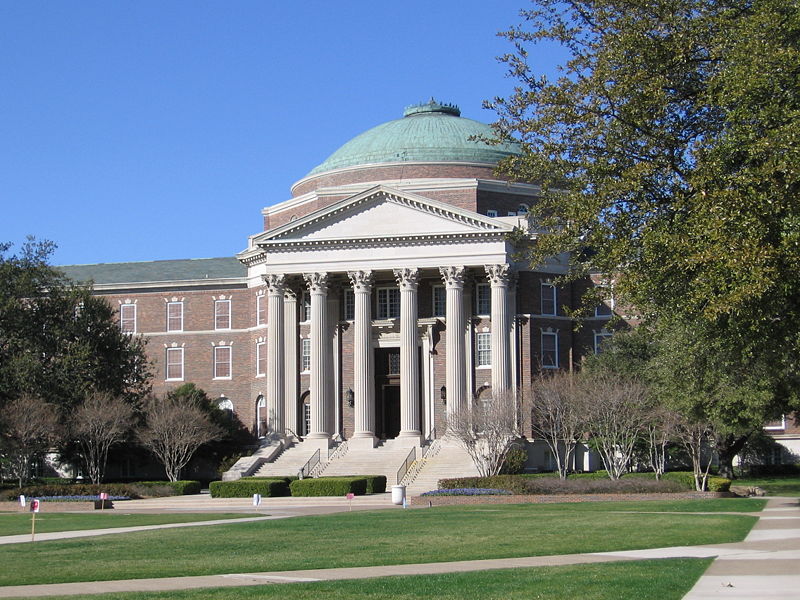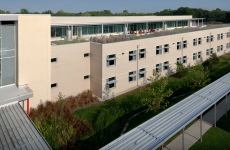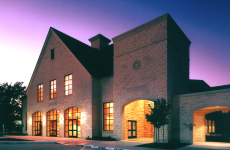On a frigid February 26th morning, Dr. Frederick Chang, a former research director at the National Security Agency and current SMU professor, gave a talk on cybersecurity to a small group of SMU alumni.
While the crowd may have expected an informative lecture on how cybersecurity works, the talk was geared more towards the current dangers of cybercrime and the porous nature of our national cybersecurity defenses.
Dr. Frederick Chang is not an imposing man – his presence likens more to that of a computer technician than the traditional notions of a patriotic warrior, but according to Dr. Chang, the new battlefront is different than our classical ideas of warfare, and we are deficient when it comes to possessing the new-age warriors necessary to defend the new battlefield, our nation’s computerized network and infrastructure.
With the deliberate way in which Dr. Chang speaks, he began telling the audience a little about the history of cyber terrorism (“The first computer virus was developed in 1971.”) and continued on to explain the difficulties in managing cyber threats from a variety of directions, nations, and private entities.
For starters, no one should every buy anything on the internet, nor should anyone use online banking; simply put, they are both systems that were built without protection in mind, and they are both trying to put the horse back in front of the cart with rapid speed.
During the lecture, Dr. Change referred frequently to his Power Point presentation, displaying a myriad of facts that exhibited how far we are behind the cybercriminals:
- Intellectual property theft is estimated at $300 billion annually
- More than 60 percent of people have been affected by cybercrime
- Increasingly cybercrime is occurring across various social networks
- The “deep web,” an internet platform much larger than the traditional web most Americans use, is where a majority of cybercrime is happening
- Malware packages that are used to infect U.S. companies are being sold individually on the “deep web” for $2,000
While Dr. Chang could not speak extensively about the government’s abilities or capabilities in dealing with these issues (Dr. Chang’s former security clearance with the NSA precludes him from divulging too much), he was very insistent that we have the manpower and intellectual capacity to combat these cybercriminals if we are willing to allocate the resources and shift focus to our extensive human capital. As an example, he referred to the ACM International Collegiate Programming Contest, a competition designed for the best collegiate programmers in the world, which began in 1993.
Dr. Chang noted that 3 U.S. collegiate teams won the international competition through 1997, but since 2000, U.S. collegiate teams have had trouble placing in the top 10.
But even more telling are the individuals that were involved in the early competitions when the United States was competing at a high level. The first team to win the competition was based out of Harvard University and it consisted of Tony Hsieh, the founder of Zappos, and Craig Silverstein, the first person hired at Google (currently he works for Khan Academy).
The 1996 winning team included Amit Sahai, a man featured in Wired Magazine just last month for helping develop a computer program that could eventually prove to be impregnable – the very type of work that Dr. Chang hopes will one day be done at SMU.
SMU has made great strides in the last decade with its academic standing. Granted, college rankings are somewhat subjective in nature, incorporating measurements that many people believe are superficial – the number of yearly alumni donations, endowment size, etc. – but the intellectual talent that has been brought in to do research and teach classes is noticeable. Couple that with the Bush Library and the recent funding provided to build the Darwin Deason Institute for Cyber Security, and you have a school that is heavily committed to providing its students with the best resources to compete in a technologically evolving world.
In addition, with the advent of disciplines like the new master’s degree in datacenter systems engineering, SMU’s Lyle School of Engineering is quickly becoming an incredibly attractive location for both undergraduate and graduate students interested in computer science programs. If SMU can maintain its commitment to attracting top intellectual talent when it comes to technological problem-solving, it could challenge schools like the University of Texas, San Antonio, UMass Amherst, and the University of Maryland when it comes to protecting our national networks and combating the widespread problem of cybercrime.
Hopefully, SMU continues its commitment to causes as important and pressing as cybersecurity in the years to come.
















